Turns out, thanks to some big-time health benefits, those incidentals don't need to be banished to the compost heap. Start enjoying these eight extras today.
Apple Peel
An antioxidant called quercetin awaits in the skin of your apple, providing benefits to the lungs and the brain.
Apple peel also packs more fiber and vitamins than the flesh of the fruit.
Swiss Chard Stems
Orange Peel
According to a 2004 study, a chemical in the peel of oranges and other citrus fruits may have a
cholesterol-lowering effect stronger than that of some prescription drugs. The compounds, polymethoxylated flavones, may also account for citrus fruits' protective powers against heart disease and inflammation, according to the study.
Not to worry: You don't have to bite into the thing whole. Grate or zest the rind to flavor your favorite dishes.
Beet Greens
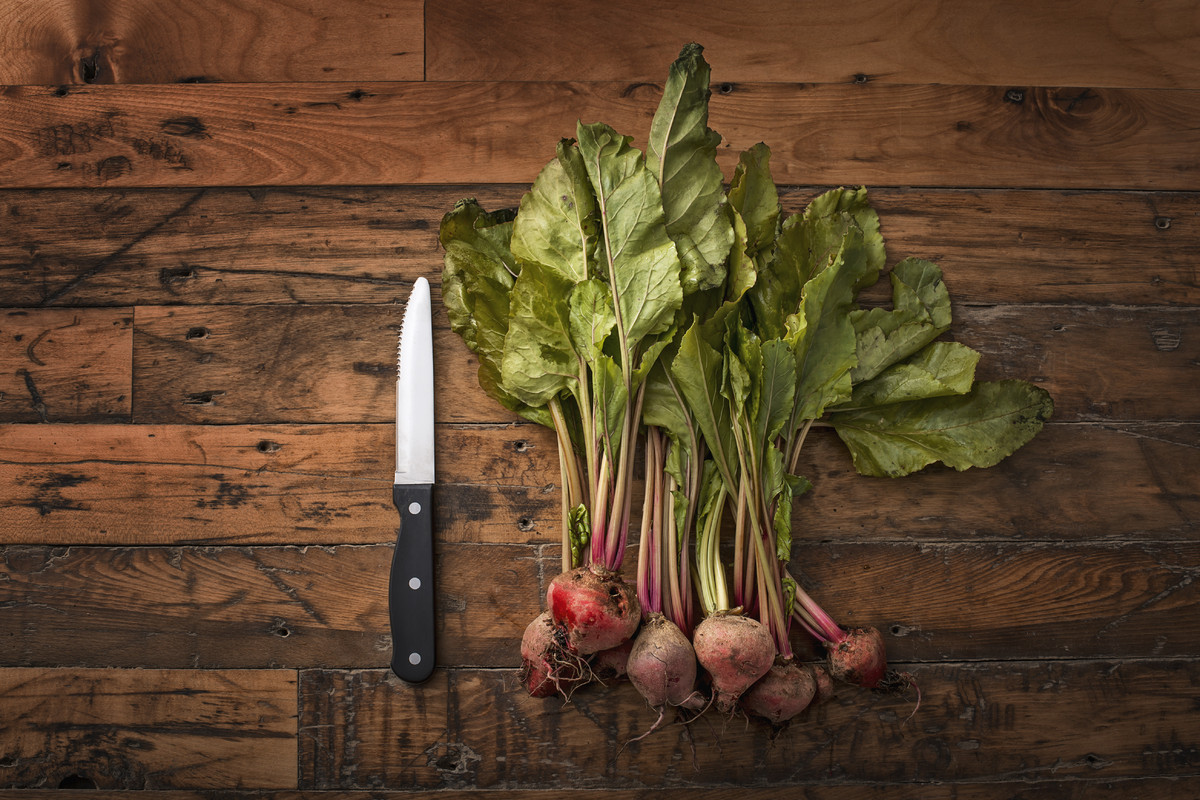 Getty Images
Getty Images
Watermelon Rind
The watery flesh of this summertime favorite contains an amino acid called
L-citrulline, thought to improve athletic performance and ease muscle soreness. But citrulline, which
also helps remove nitrogen from the blood, was discovered to be in the rind of the watermelon too, in a 2003 study from the USDA's Agricultural Research Service.
Turnip Greens
Potato Skin
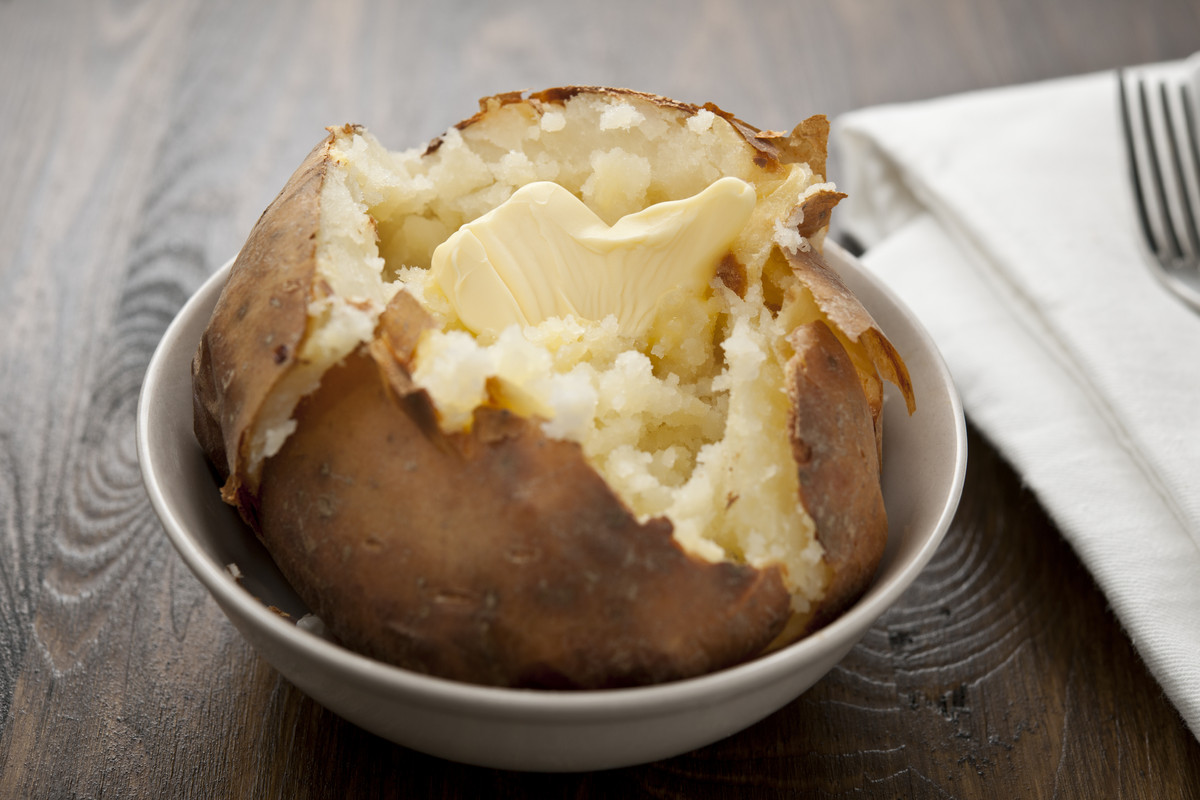 Getty Images
Getty Images
The flesh of your spud has a lot to offer too, but, ounce for ounce, the
skin provides more fiber. It also contains a host of B vitamins, vitamin C, iron, calcium and potassium, among other nutrients, according to the Academy of Nutrition and Dietetics. That doesn't mean ordering the potato skins at the bar; stick to baked spuds with the skin on, please.
Pumpkin Seeds
Next time you're carving a pumpkin, set aside the gory guts as you scoop 'em out. About half a cup contains more than your
daily recommended intake of magnesium, low levels of which may lead to heart problems, osteoporosis and headaches. Pepitas are also rich in iron and protein, as well as certain plant-based compounds called
phytosterols, which have been shown to reduce "bad" cholesterol.
as printed and online at The Huffington Post
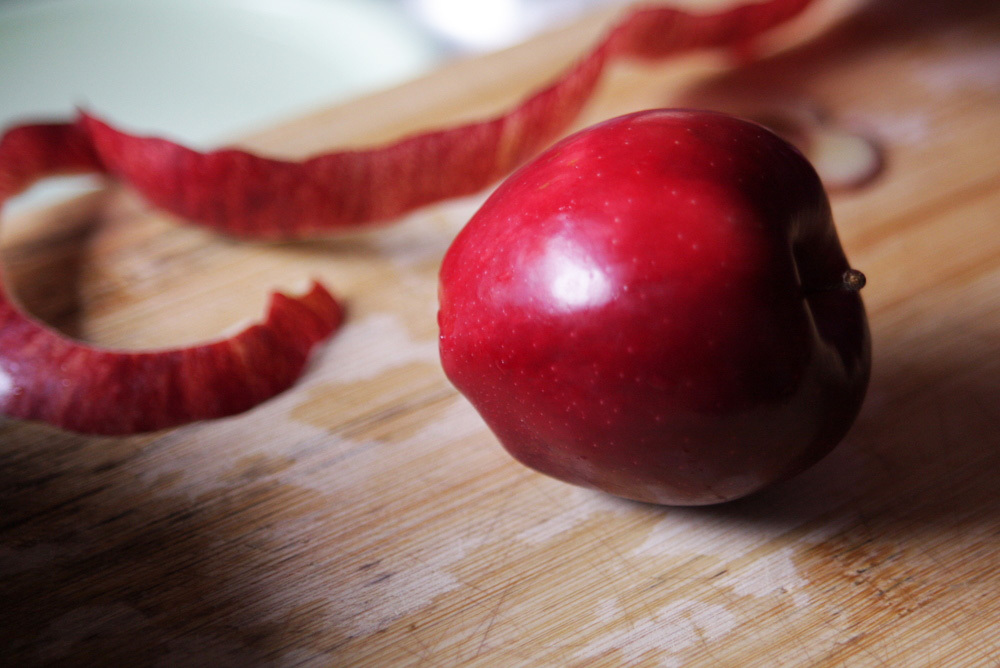

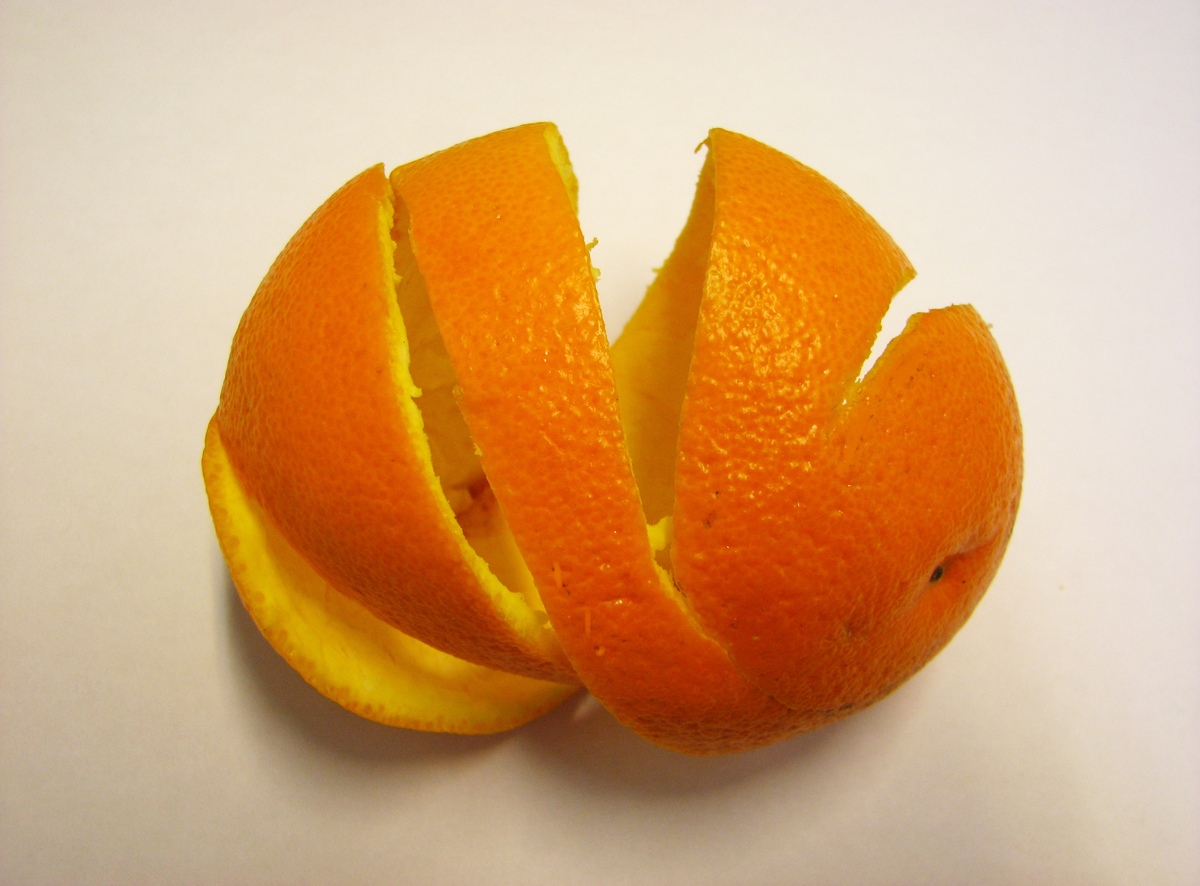

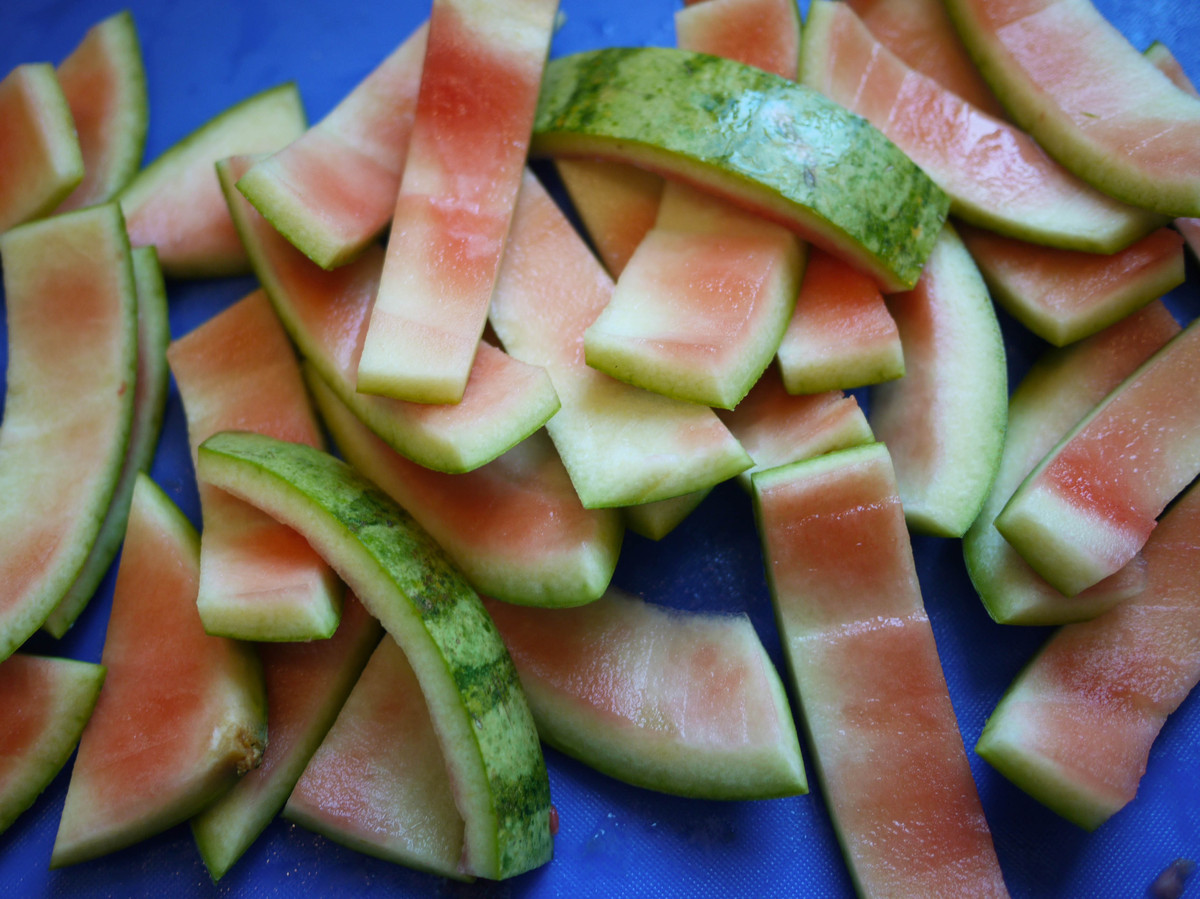
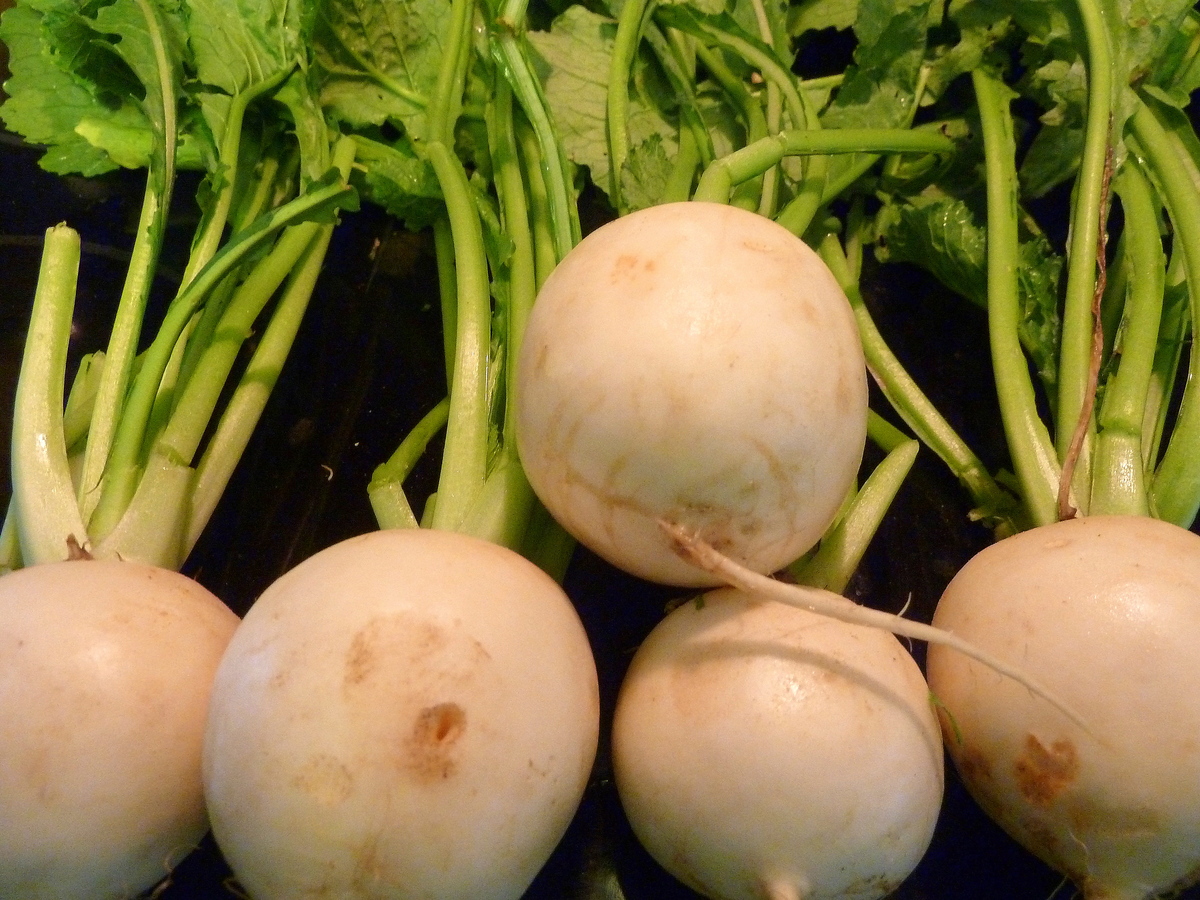

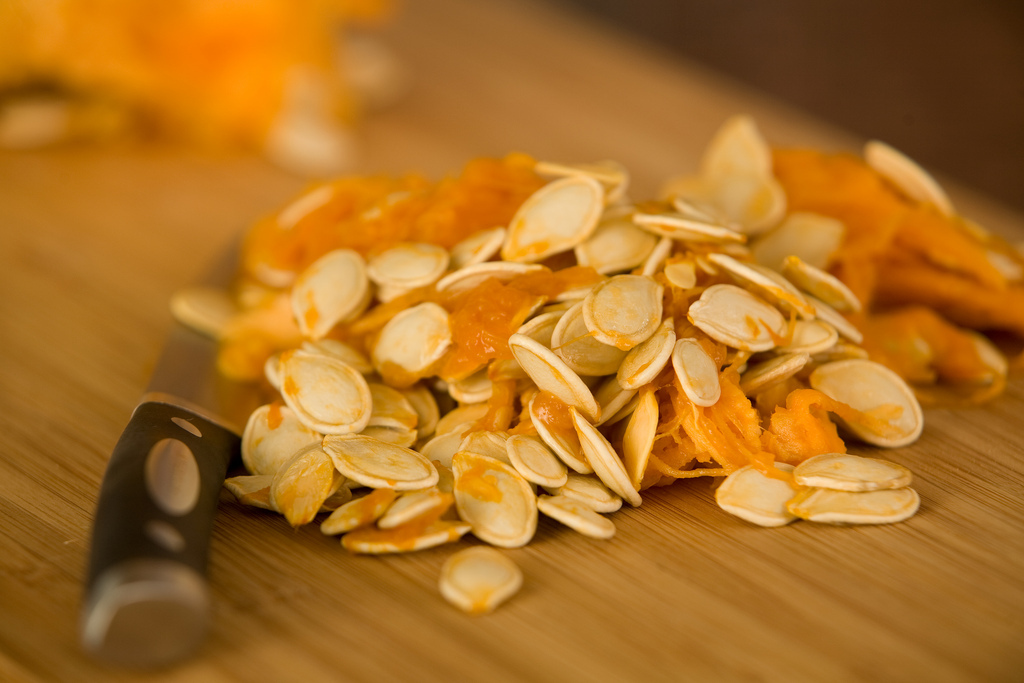
No comments:
Post a Comment